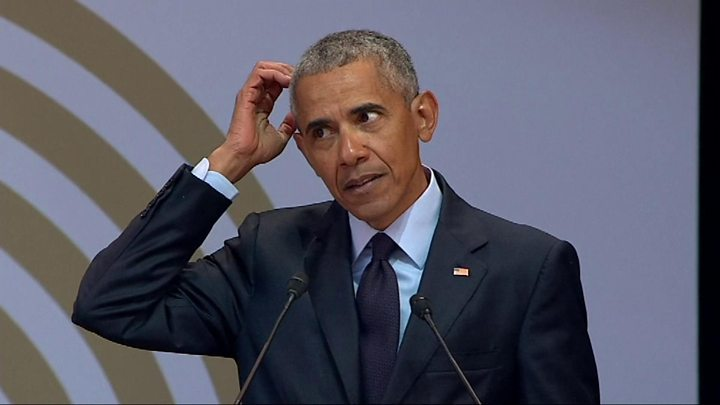Because of persistent demand concern, crude oil prices are trading below $75. Oil prices saw a little increase on Thursday, but the increase was unable to reverse the significant daily loss that was recorded on Wednesday.
Due to Middle East tensions and weak demand in the US and China, the price of crude oil has been under pressure globally. The oil market is now even more concerned due to weak statistics on Chinese oil imports.
The prospects for a seasonal demand surge were obscured by a notable increase in refined product stocks, which is another reason why the EIA data was unsupportive. Yesterday, ICE Brent dropped by almost 4% to trade below US$75 per barrel.
According to market statistics, Brent has decreased by about 10% since the OPEC+ summit. Short-term mood has been further dampened by weaker demand statistics from China.
According to ING’s statement on Thursday, China’s crude oil imports fell 9.2% year over year (for the first time since April) to 42.4 million metric tons in November due to weakening demand from refineries, lower-than-expected economic indicators, and increased stocks.
In October 2023, China imported about 49 million tons of crude oil, indicating a sharp decline in the country’s need for the fuel.
Cumulatively, China’s crude imports have increased by 12% year on year to 515.6mt for the first eleven months of the year, although most of it could be attributed to high imports in the 2nd and 3rd quarters of the year, ING commodities strategists added.
ICE Brent price rose by 0.48% to $74.66 per barrel from the closing price of $74.30 a barrel in the previous trading session on Wednesday. The American benchmark, West Texas Intermediate (WTI), traded at the same time at $69.69 per barrel, up 0.44% from Wednesday’s close of $69.38 per barrel.
According to data from the US Energy Information Administration (EIA) on Wednesday, US gasoline stocks rose from approximately 5.4 million barrels to 223.6 million.
The administration in the same report also disclosed a decline in the country’s crude oil inventories, but the quantity was not enough to revive prices.














